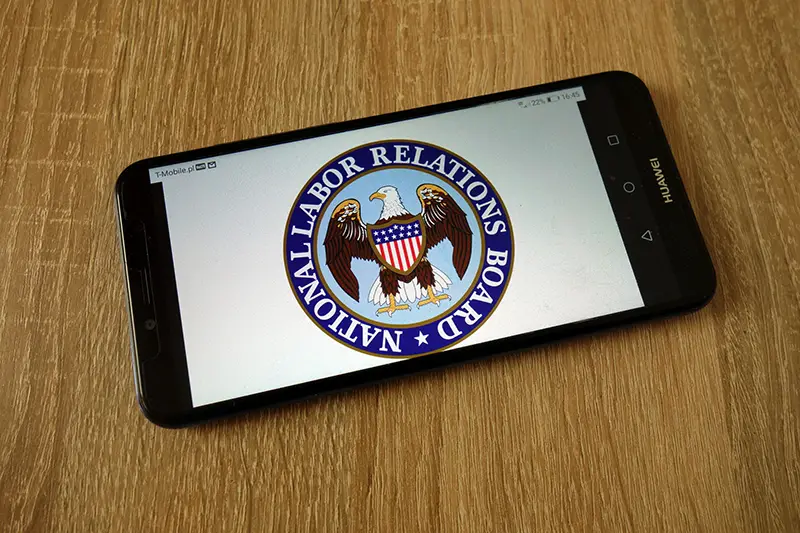Click here to get this post in PDF
The National Labor Relations Act came to be in 1935 with the sole purpose of achieving industrial peace. During this time, the industrial relations system was at its peak, which brought about the significant rise to frequent and violent attacks. The strife caused by some employers’ refusal of collective bargaining disrupted and impaired the efficiency of protection of commerce, threatening the nation’s stability. To level out the inequality of bargaining power between employer and employee, Congress decided to enact a federal policy that favors the stability of industrial relations and encourages employee free choice.
What was it meant to do?
The National Labor Relations Act was geared towards improving workers’ conditions and giving them the freedom of association. In a world where the employers had all the power, the act was supposed to balance out the two groups. It gave employees the right to unionize under the law, which means any employer who discriminated against an employee because of their affiliation with union activities broke the law.
This protection also extended to those involved in concerted protected activity, which included one or more employees aiming at improving employees’ terms and conditions for employment. Based on protected concerted activity, all workers are protected from discrimination whether or not they are unionized. Because the NLRA potentially covers any activity involving at least two workers, any protest organized against an action or practice is federally protected by the law. At the same time, unionized employers should collaborate with their unions about issues that may occur with their employment.
Rights protected by the NLRA
The National Labor Relations Act was to do more than just protect employees affiliated with unions. Other groups like employers and the union are also afforded certain rights under federal law.
Employer rights
- Under the NLRA, employers are protected from unfair labor practices from labor organizations. Thus, labor organizations can neither limit the employer’s productivity nor have a say in who they hire.
Employers must read up on their rights if they consider laying off some employers or employing cost-cutting measures. In such an event, the company should consider calling on the union to assist with mid-contract negotiations with the employees. When the union feels involved with the process, they could offer support and be reasonable about the issue.
While the NLRA covers the employers’ group, the following are exempted from this act, government and union employers, corporations with municipal function, and religious schools.
Employee rights
NLRA awards employees the following rights;
- Forming, joining, or assisting a labor union.
- Discussing with co-workers and the unions about the terms and conditions of employment regarding union organization.
- Organizing a union to negotiate different conditions of employment with their employer.
- Working with their co-workers to improve conditions at the workplace by raising complaints with the employer or collaborating with government agencies or a union.
- Depending on the purpose and means, they have the right to strike and even picket.
- Obligations of collective bargaining through representatives through their representatives.
- To be exempt from joining or remaining as a union member.
Union rights
The NLRA offers the union the following;
- The right to organize or form a bargaining unit in a private-sector workplace.
- The right to modify wages and working conditions once they are hired as employees.
- Protect the union from unfair labor practices by employers.
Who enforces the act?
The National Labor Relations Boards and the General Counsel are the two bodies in charge of overseeing the act. The NLRB, which consists of five members appointed by the President, serves for five-year terms during which they try ULPs cases.
Shortcomings
The NLRA professes to protect working people in the labor industry, and for many years it has. There are, however, some shortcomings of the NLRA.
- For employers who retaliate against employees exercising their NLRA rights, no monetary penalty or otherwise is executed, making the NLRA weaker than other law and employment laws.
- The law lacks the mechanism for workers to pursue their case with a federal court if the enforcing agency fails. When the general counsel fails to act, employers are left hopeless with no right to act privately in an administrative court of law.
- It lacks the resources to ensure workers get their jobs amidst their cases, which means they are without a source of income for months and even sometimes years before the board reviews their cases.
Takeaway
The NLRA was formed to ensure industrial peace; thus, all parties involved are covered by the act, and either party are free to exercise their NLRA rights with protection from the board. So far, it has achieved its objective and improved worker’s conditions, exceeding many expectations. Although we cannot overlook the drawbacks of the law, we can appreciate the impact it has had on law and employment in the country.
You may also like: Labor Laws That Every Business Owner Need to Know
Image source: Dreamstime.com

